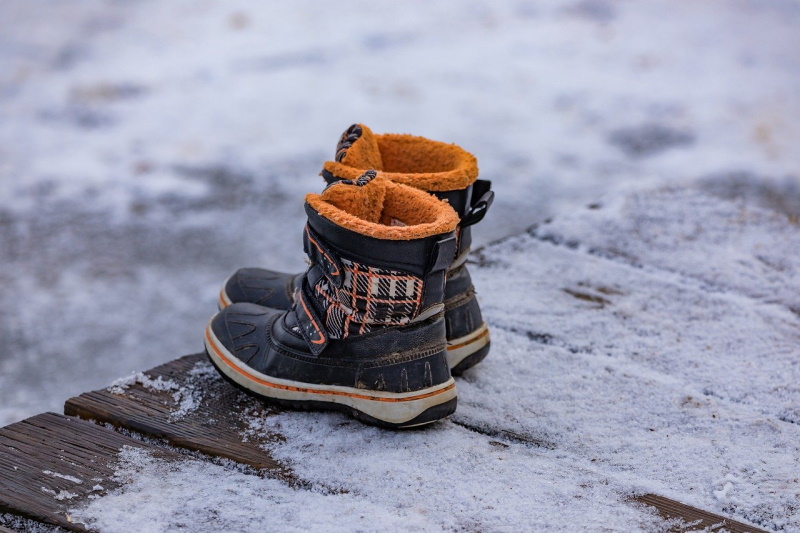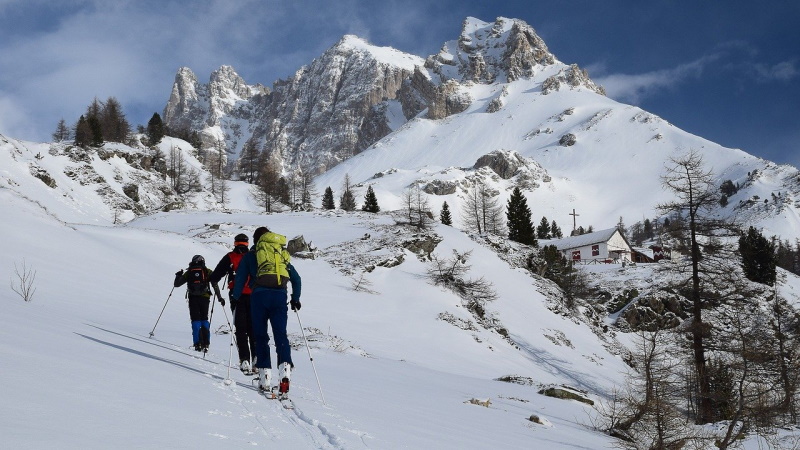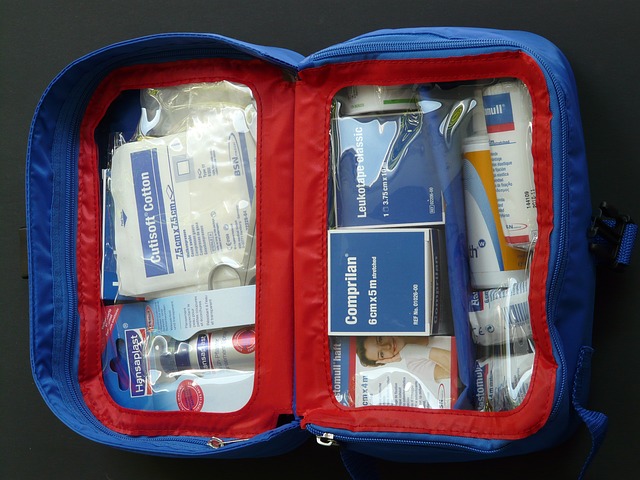If you are an avid adventurer, you should not let the cold winter season keep you indoors. Unless it’s snowing heavily or there is a heavy downpour, nothing should stop you from enjoying the great outdoors. Apart from the breathtaking landscape and views, hiking during winter means you will avoid the crowds and you don’t have to worry about bugs. However, the harsh winter weather can be extremely challenging to any hiker, thus the need for adequate preparation. If you are planning to go for a winter hike, here are some preparation tips that will help to make your excursion safer, more enjoyable and manageable.
Gather Background Information
Gathering background information about the area that you intend to visit is an important part of the preparation process. Without accurate information, it will be hard to make informed decisions on what to wear, the supplies to carry and when to visit. First, research the area extensively and talk to other hikers that have done that trip before. Most of this information is readily available online. Also, you should know your route or trip plan and ensure you leave a copy with your family and friends. In the trip plan, ensure you provide accurate details of where you will be doing your hike, how long you will be there, the ranger stations in the area, as well as nearby towns. If you will be doing the hike as a group, then you should also leave behind contact information for everyone who will be going for the trip.
Prepare Physically and Mentally
Hiking is an extremely demanding activity, both mentally and physically. And when you are hiking during winter, the challenge is even bigger, since you will be hiking through freezing temperatures. Besides that, you will have to carry a heavier pack than you would if you were hiking during the summer. So, your mind and body should be ready to tackle this challenge. Strengthening and conditioning exercises such as goblet squats, downhill lunges, climbing stairs, and stretching will help to prepare your body physically for the upcoming winter hike. You can also do some short winter hikes prior to the main hike. These short hikes will help to gain a clearer understanding of the conditions that are likely to encounter during your hike and then prepare accordingly.
Take Care of Your Feet
Taking care of your feet is vital if you want to have an enjoyable winter hiking trip. And this is where a solid pair of winter trekking boots come in. A high-quality pair of winter hiking boots should protect your feet against frostbites. They should also keep your feet warm and dry, whether you are trekking across an icy pond, trudging up a slushy hill or trekking through deep snow. If possible, buy a pair that is equipped with a Gore-Tex lining. Also, choose a pair of boots that can offer adequate insulation, and has snowshoe capability. You might come across some conditions on the trail, which will require you to use snowshoes. And if the boots you are wearing are not compatible with snowshoes, then you might be forced to cancel the hike or opt for an alternative route – which you had not prepared for. Your winter hiking boots should also have adequate room inside, to allow you to wear them with a thick pair of socks. And most importantly, they should have adequate traction. Most trails tend to be muddy, wet and slippery during winter. Therefore, if your boots don’t have adequate traction, you will find it extremely hard to hike in such conditions. Remember to carry an extra pair of socks.
Carry the Right Clothes
Winter is characterized by extremely wet and cold conditions. The situation is even worse when you are out there trekking in the wilderness. Therefore, layering up will be your best friend, if you want to remain warm and cozy during your winter hiking trip. It’s important to choose clothes that will keep you warm, dry and most importantly, comfortable during the cold winter weather. As much as you want to be warm, you don’t have to be suffocated. With that said, here is how you should layer for your winter hiking trip:
- First layer: This is also known as the base layer. It lies against your skin, thus providing warmth. The base layer also wicks away moisture from your body, helping to keep your body dry. Wool and synthetic fabrics, preferably lightweight merino wool, provide exceptional moisture-wicking capabilities, making them ideal for the base layer. Also, wool has natural odor-fighting capabilities. If you will be going for an extended backpacking trip, then you should choose merino wool as your underwear, since synthetic fabrics tend to hold in odors. You should avoid cotton at all costs, since it will absorb sweat and moisture, leaving you feeling cold and clammy. Cotton should be reserved for summer adventures. The base layer also needs to be thin, so that it doesn’t impede your movement. You can opt for a long-sleeved t-shirt or a short-sleeved one, depending on the current weather conditions. If you expect windy or blowing snow during your winter hiking trip, then you should opt for a long-sleeved one. On the other hand, if you expect friendlier conditions, then a short-sleeved base layer will suffice. You can opt for a single or a double-base layer, depending on the conditions that you expect during your hike. However, you should always remember that outdoor conditions are never predictable. Therefore, always be ready to adjust.
- Mid-layer: Also known as the insulating layer, the mid-layer traps the body heat that you emit, helping to keep you warm. The trapped heat will also be used to dry the base layer continually. For the insulation layer, you have four options to choose from – fleece, down, merino wool, and synthetic fill. Fleece fabric is available in different weight categories such as 100, 200, and 300. Fleece fabrics will remain warm, even when they are wet. Another benefit of choosing fleece is that it’s quite affordable, compared to the other options. On the flipside, fleece is less compressible and heavier, compared to garments made of synthetic fill and down. Just like fleece, merino will remain warm even when wet. However, it’s slow-drying and heavy. Garments of down are durable, warm, lightweight and compressible. One downside of down is that it tends to collapse when wet. It also loses some of its insulating capabilities if it becomes wet. The bottom line is that no material is perfect for all conditions. Therefore, as you shop for the mid-layer, you should consider the predicted conditions as well as your hiking style.
- Outer layer: The shell or the outer layer is designed to protect you against the elements such as snow, rain, and wind. Therefore, it should be windproof, breathable and waterproof. You can opt for a soft shell or a hard shell, depending on the prevailing weather conditions.
When hiking in cold, wet, and snowy conditions, it’s also advisable to protect your head and hands. For the hands, you should invest in a quality pair of waterproof, insulated gloves. You can also opt for mittens. If it’s extremely cold, then you should also pack a thin pair of liner gloves. The liner gloves will wick sweat away from your hands, thus acting as a base layer.
Pack the Right Gear
Hiking during winter presents a unique set of challenges, and that’s why it’s important to pack the right gear. You should also note that you will be carrying more gear than you would if you were hiking during the summer. Therefore, you should look for a large, water-resistant backpack. If possible, look for one that has a waterproof hood or cover, which fits over the entire pack. This waterproof cover will keep the water out and protect the rest of your supplies. You will also need snowshoes, and hiking poles for ice and snow. Snowshoes will help you to trek through the snow if it goes to a depth of more than 20 cm or 8 inches. Also, you should pack high-energy foods and snacks. Ensure you pack foods high in fat, carbohydrates, and protein, to keep you going even when the conditions are tough.
You will also need to pack adequate water. Most of the water sources are frozen during winter. Therefore, you should carry at least 2 liters of water. Also, make sure you insulate your water bottle properly to prevent the water from freezing. You will also need to carry some sunscreen with a screen protection factor or SPF of 30 or more. As much as you will be hiking during the winter, it doesn’t mean that the sun will not be a problem. If it comes up, it will be reflecting off the snow, and you might end up with sunburns. Therefore, ensure you apply some sunscreen lotion before you hit the trails. Other supplies that you should pack include a flashlight and extra batteries, a compass and a paper map, and fire-making supplies.
Prepare for Emergencies
When hiking during winter, anything can happen. Therefore, you should always have a first-aid kit in your backpack, regardless of whether you will be hiking for one week or several months. For instance, you might get caught in an avalanche and a blizzard, or crash through the ice bridges that form on rivers and streams during winter. Ensure you pack an avalanche beacon, carry enough food and have an extra set of communication equipment. You’d rather carry emergency supplies and not use them than find yourself in a critical situation where you need them but you didn’t carry them.
Closing Remarks
Preparing for a winter hiking trip is a lot easier than most people might think. You just need to research the area well, prepare yourself physically and mentally, carry the right gear, and pack the right clothes. If you plan your trip well, you will be adequately prepared and ready to explore the great outdoors.





0 comments